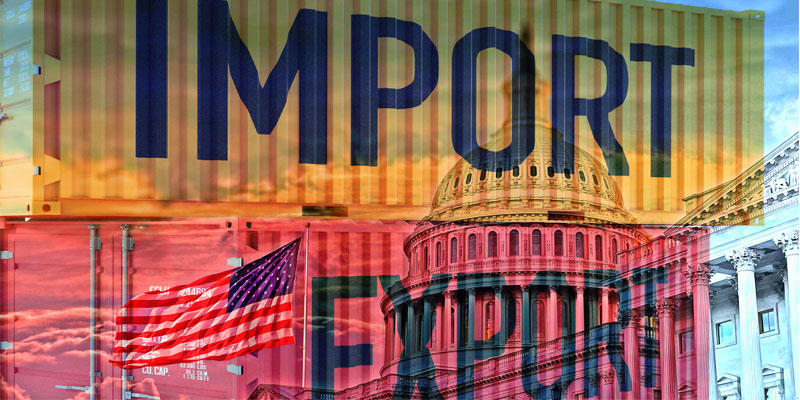
Labour disputes, automation debates, and shifting trade policies are creating turbulence in the North American freight market, with the threat of a January USEC port strike magnified as ILA break off negotiations.
With ongoing negotiations between unions and employers stalling progress, supply chains face disruptions and uncertainty as peak shipping periods approach.
Canadian strikes intensify supply chain pressures
Canadian ports have been hit hard by labour disputes, with strikes paralysing operations on both the east and west coasts. At the Port of Montreal, a lockout by the Maritime Employers Association (MEA) halted activity after negotiations with the Longshoremen’s Union broke down. Similarly, stalled talks between the International Longshore and Warehouse Union (ILWU) and port authorities have created significant backlogs at Vancouver and Prince Rupert.
These disruptions forced cargo diversions to US west coast ports, further straining operations in Seattle, Oakland, Los Angeles, and Long Beach. Although the Canadian government intervened on the 12th November with binding arbitration to end the strikes, recovery will take weeks as ports clear backlogs and attempt to restore normal operations.
Automation debate halts US east and Gulf coast talks
Labour tensions in the US remain high after the International Longshoremen’s Association (ILA) broke off negotiations with the United States Maritime Alliance (USMX) on the 11th November over proposals to include automation in their master contract. Talks had resumed following the three-day October strike, with wages settled but automation remaining a critical sticking point.
The ILA firmly opposes automation, arguing it threatens job security and productivity. While USMX insists on modernisation to meet future supply chain demands, the ILA claims automation underperforms compared to skilled workers. Despite the impasse, the union remains open to resuming talks, provided automation proposals are reconsidered.
The breakdown in negotiations raises concerns about further disruptions on the US east and Gulf coasts. The uncertainty is likely to push shippers to expedite shipments ahead of the January 2025 contract deadline, exacerbating capacity constraints and adding pressure to already congested ports.
Trade policy shifts heighten shipping volatility
The potential for new US trade tariffs in early 2025 adds another layer of complexity. Proposed tariffs of 60% on goods from China and 20% for other nations could trigger a surge in front-loaded shipments as importers race to avoid higher costs. This pre-inauguration peak could align with the annual pre-Lunar New Year rush, amplifying demand pressures across North American ports.
Shippers urged to plan amid uncertainty
North American supply chains are navigating a precarious period of labour unrest and trade policy uncertainty. Canadian ports are gradually resuming operations, but backlogs persist, while ongoing tensions in the US east and Gulf coasts could disrupt trade further.
We recommend proactive planning and close collaboration to mitigate risks and maintain supply chain stability. For tailored solutions that protect your North American freight operations, EMAIL Andy Costara today.





